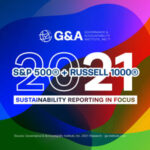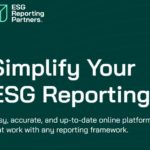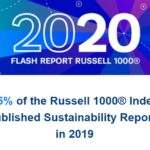In a joint research project with Radley Yeldar, a UK-based communications consultancy, GRI recently published a report entitled Trends in online sustainability reporting, which seeks to identify the degree to which 40 international corporations that use the GRI Guidelines utilize digital technology to communicate their GRI information.
The report indentifies five key trends in current reporting practices.
In seeking to define the primary source of reporting used by companies, the report found that 30% of organizations provided a link directly from their homepage, and 82.5% had a link on their homepage to a sustainability section. 40% of companies included all their GRI information in their primary source of reporting, while 20% combined their primary source of reporting with annual reports to provide GRI information.
The report found that 50% of companies use the PDF file type as their digital reporting format. While having the advantage of being widely accessible, PDF files are used primarily to transmit information, rather than to engage in online communication. 32.5% of organizations use full online reporting, either through HTML or Flash.
None of the corporations surveyed use web 2.0 technologies, which allow users to interact with or contribute to a website’s content. Companies have not yet begun to employ XBRL, or eXtensible Business Reporting Language. GRI is presently working on an initiative to encourage the use of XBRL, which would lead to enhanced abilities to customize information.
Because of diverse and often inconsistent terminology used in the sustainability field, users often have difficulty identifying the role of documents they access. To address this problem, 95% of the organizations studied provide an accessible and hyperlinked GRI Content Index.
The report found that none of the corporations allowed for user-generated functionality, in which comments or content may be posted. Only one organization had a sustainability blog where users could leave comments.



